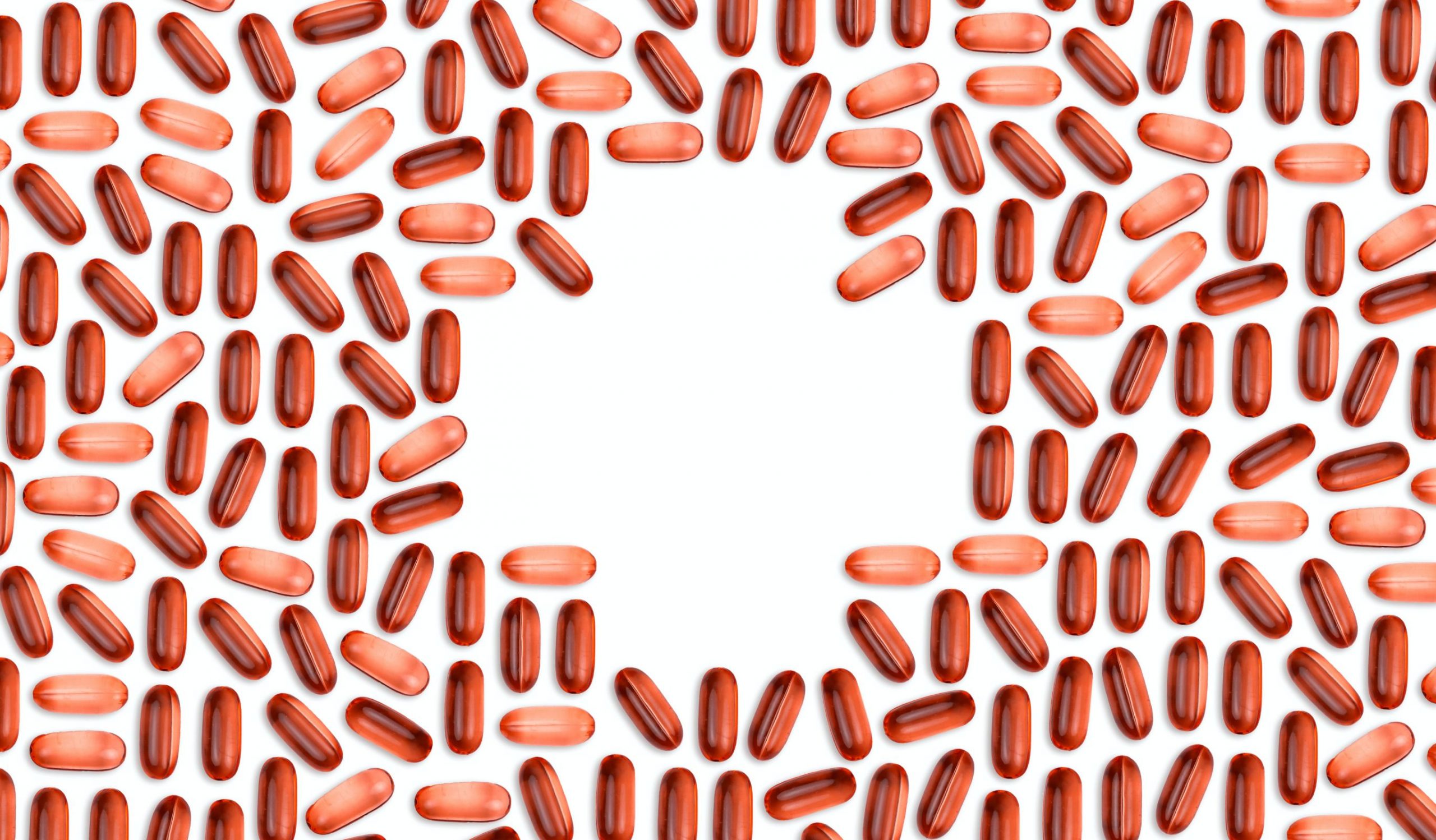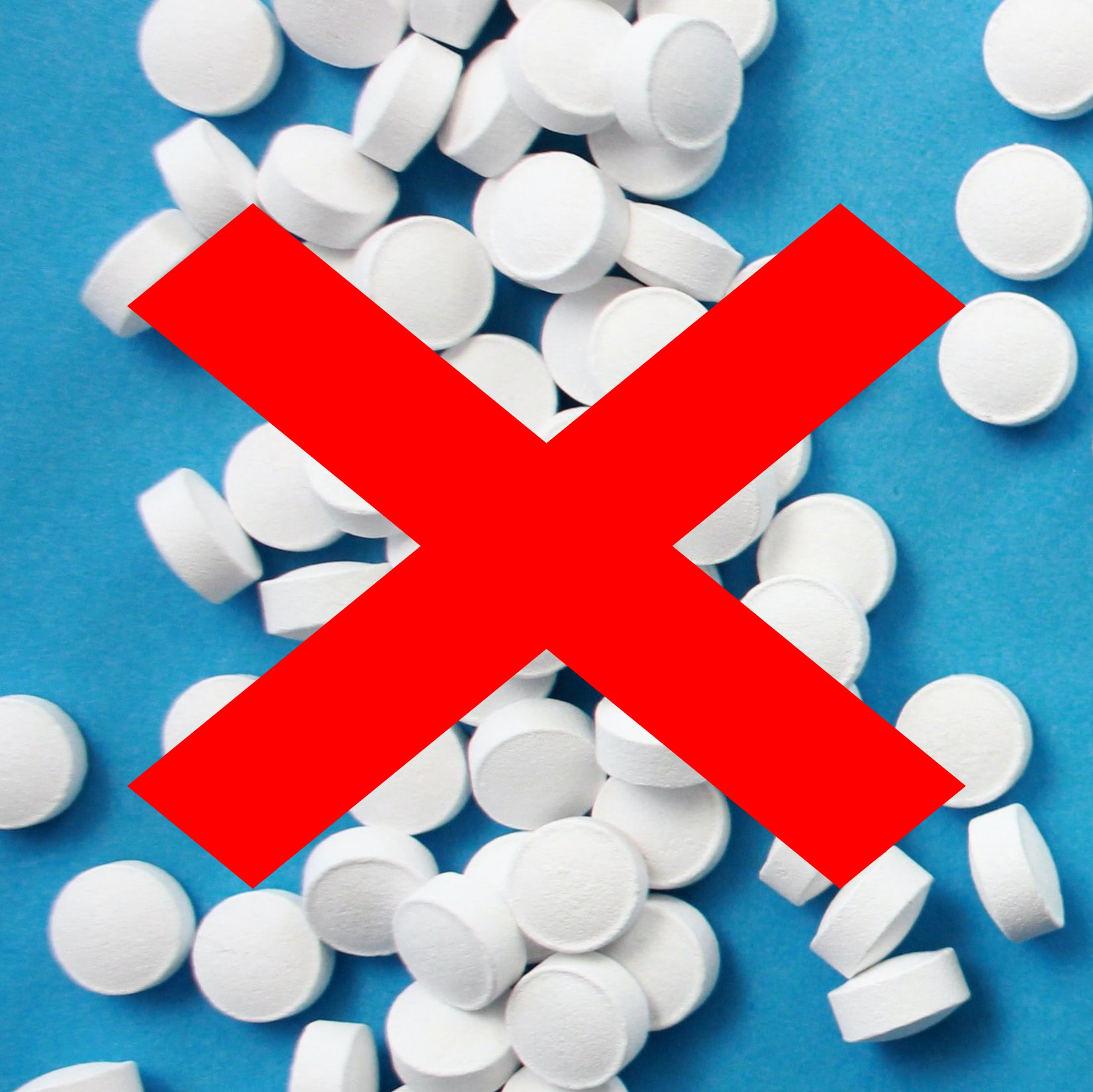Curious what “MAT” stands for? In addiction treatment circles, we’re not talking about a padded square we put on the floor for exercise. We’re talking about “Medication Assisted Treatment.”
What does that mean? According to the Substance Abuse and Mental Health Services Administration (SAMHSA):
“Medication Assisted Treatment (MAT) is the use of FDA- approved medications to treat alcohol and opioid addiction, in combination with counseling and behavioral therapies, to provide a ‘whole-patient’ approach to the treatment of substance use disorders. Research shows that a combination of medication and therapy can successfully treat these disorders, and for some people struggling with addiction, MAT can help sustain recovery.”
Results from clinical studies show that this type of treatment keeps clients in therapy/treatment longer, including addiction treatment. It reduces illicit drug use and overdoses. It even decreases local crime and disease rates.
MAT does not refer only to ‘maintenance’ drugs such as methadone. Examples of other FDA-approved medications used in MAT include:
- Buprenorphine (Suboxone, Subutex, and Zubsolv®)
- Naltrexone (ReVia, Vivitrol, and Depade)
- Disulfiram (Antabuse), and
- Acamprosate Calcium (Campral)
You might have also heard terms like these. They all mean the same thing as MAT, and treatment counselors may use one or more interchangeably.
- Opioid agonist therapy
- Medication for a substance use disorder
- Medication for opioid use disorder, or MOUD
MAT Works – But It Had an Uphill Battle to Common Treatment Center Use
SAMHSA says, “MAT for substance use disorders has proven to be clinically effective… However, it is greatly underutilized. A 2011 study found that less than 30% of contemporary substance use treatment programs offer medications; and less than half of eligible patients in those programs actually receive medications.”
Barriers to use of MAT include lack of available prescribing bodies (like pharmacies), lack of support for existing subscribers, agency policies that prevent MAT use, workforce attitudes, insurance issues, authorization requirements, and the “fail first” criteria that require treatment programs to try other therapies first.
If (and only if) all of those methods fail, then the treatment center can use MAT.
Although it is an evidence-based therapy, MAT has long been a hot topic in the recovery community…especially when it comes to treating substance use disorders (SUD) or providing SUD support services. For example, many sober living environment programs did not allow people on methadone or other maintenance drugs to live in their houses up until very recently. This backfired; it cast even more doubt upon medication-assisted therapy, preventing people who wanted to change their lives from easily accessing a stable, supportive living environment.
Some of those attending 12-step self-help groups objected too. They did not consider a person using MAT truly “clean and sober.” We would hear people say things in meetings like, “You’re just substituting one drug for another!”
MAT Adoption is Growing Over Time
Fortunately, education about advances in SUD treatment options have helped dispel MAT’s stereotype. It led to publications like the 12-Step-approved report, “The A.A. Member – Medications and Other Drugs,” which emphasizes that,
“No A.A. member should ‘play doctor’; all medical advice and treatment should come from a qualified physician.”
As pointed out by Dr. Louis E. Baxter in “Twelve Step Recovery and Medication Assisted Therapies,” published by the American Society of Addiction Medicine in June 2014, those in the treatment field eventually realized that it is just as wrong to deprive someone of medication that can help control their addiction, as it is to enable or support them to become re-addicted to a drug.
Dr. Baxter also said in the article, “Although there is no dispute that abstinence from alcohol and other drugs with potential for addiction is the foundation for sustaining recovery in most instances, there are other cases where MAT, especially for persons with co-occurring illnesses, is essential to obtain and sustain term recovery.”
While medication assisted therapy (MAT) has grown in acceptance, it’s still important to continue educating people about its proper usage. Not everyone completes addiction recovery in the same way. “Cookie Cutter” treatment doesn’t work. Individualized treatment and support, tailored to the needs of each individual, is what DOES work.
If that means using special medications to help someone out of addiction and into recovery, then that’s what we should use.
Here are some great references if you’re interested in reading more about MAT:
- The AMA and AAFP Urge Removing All Barriers to Treatment for Substance Use Disorder (PDF)
- SAMHSA-HRSA Center for Integrated Treatment – MAT Overview
- Medication-Assisted Treatment (MAT) Readiness and Implementation Checklist (PDF)
- Twelve Step Recovery and MAT (ASAM)
UPDATED APRIL 2023




